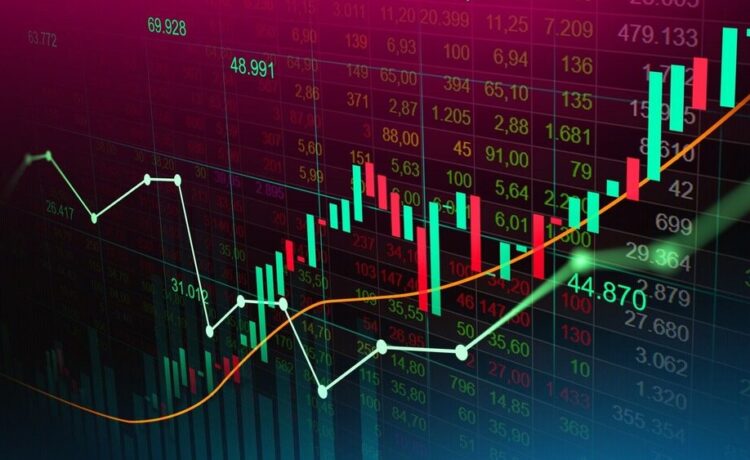Financial traders have high expectations of the tools that enable them to make better decisions. Among the most frequently used tools is known as trading signals. Such indicators rely on information and calculations that indicate the time to buy or sell financial assets.
The basics of trading signals and how you can use them
What are trading signals?
Trading signals are tools that provide the indications of the time to get into or out of the trade. These indicators may be in the form of chart patterns, economic events or even algorithms. The majority of signals are concentrated on either technical indicators or the fundamental analysis. Others also have automated alerts. These are the signals traders can follow to remain disciplined.
Why trading signals matter in finance
Signals are important since they link action and analysis. They convert unprocessed information into practical recommendations. In their absence, most traders would have no other option but to extract the meaning of charts or news themselves, which can be tiresome.
The main reasons why signals are important are:
- They save time through the provision of ready insights.
- They decrease the amount of emotional decision making.
- They offer uniformity in strategies in trading.
- These enhance market change awareness.
Types of trading signals
The trading signals are not similar. They can be varied in different types depending on a trader’s efforts and style.
The most popular ones are the following signals:
- Technical signals: they are on the basis of such indicators as moving averages, RSI, MACD, and chart patterns.
- Fundamental signals: according to news events, interest rates, or economic accounts.
- Automated signals: Technologies created by algorithms or bots.
- Manual signals: are produced when professional analysts examine data and give recommendations.
Understanding the fundamentals of trading signals
Before going into details, look at the fundamentals that all traders should know. These basics propose how signals are effective and why they are put in faith even among numerous traders.
- Signal sources: the signal’s origin, whether of software, analysts, or market patterns.
- Timeframes: signals may be compatible with short / time limits of trading or long term trading limits.
- Accuracy: not all signals are accurate, and thus, the management of risks is essential.
- Entry and exit point: signals normally show when to open or close a trade.
- Confirmation: when the number of indicators is high, the probability of false signals is low.
How to use trading signals effectively
It is equally significant to use signals rightfully to know them. Most traders fail due to blind actions without meaningful targets on the signals.
Steps for effective use:
- Choose a reliable source: investigation and select the providers with a well established reputation.
- Understand the logic: know why the signal wants a move to be taken before doing so.
- Test signals: try them on a demo account before risking real money
- Combine with strategy: the signals must match your trading strategy.
- Apply risk management: trade using stop loss and take profit limits.
Common mistakes to avoid when using trading signals
The mistakes of many traders whenever following signs are similar. The prevention of these errors will save money and headache.
- Over reliance: output of the reliance on signals in the absence of self judgment.
- Ignoring fundamentals: preoccupation with charts and the forgetting of economic events.
- Lack of testing: applying new signals without testing it on historical data
- Trading every signal: not all signals can be applicable to your strategy or approach.
- Poor money management: the misuse of excessive money in relation to the signal.
Conclusion
The worth of trading signals to any trader in the financial world is immense. They are organizing, stress reducing and time saving. Working out the basics, preventing the latter, and integrating them with their own aims, traders will be able to make better decisions, which allows them to become more confident in the marketplace.









